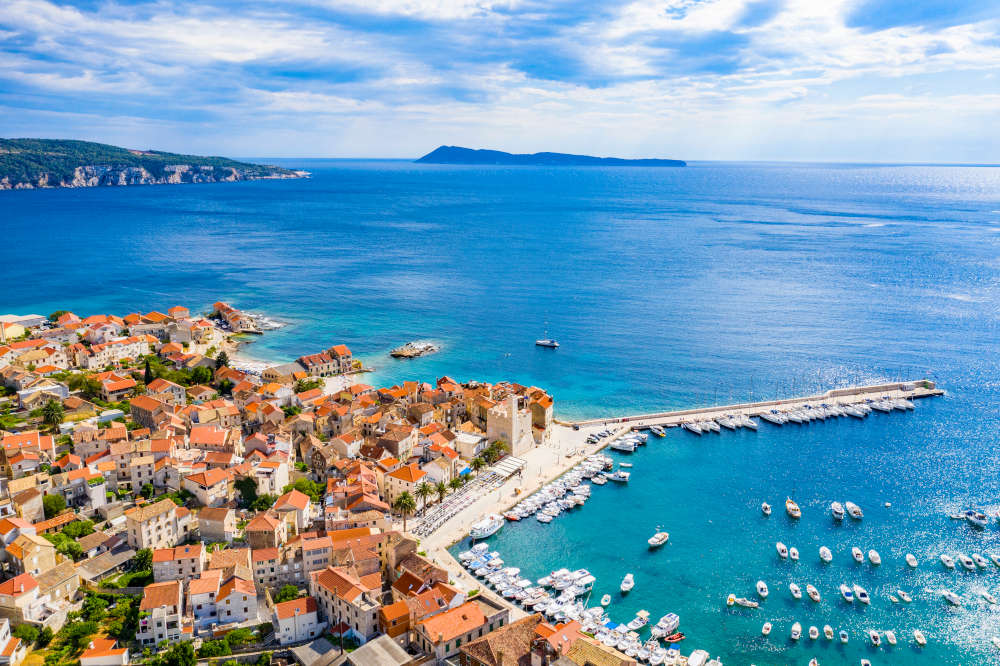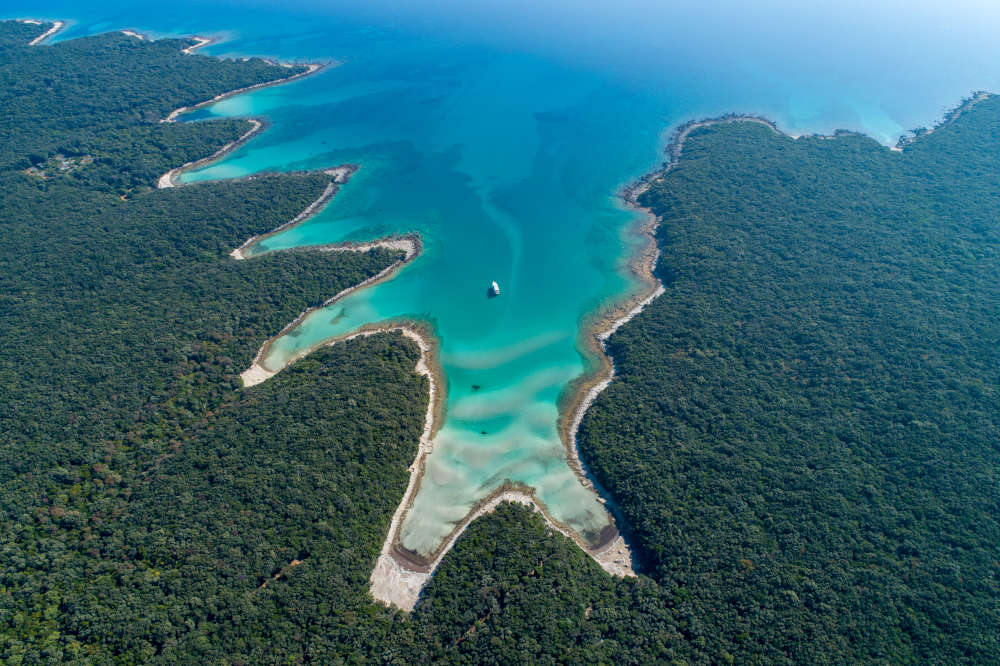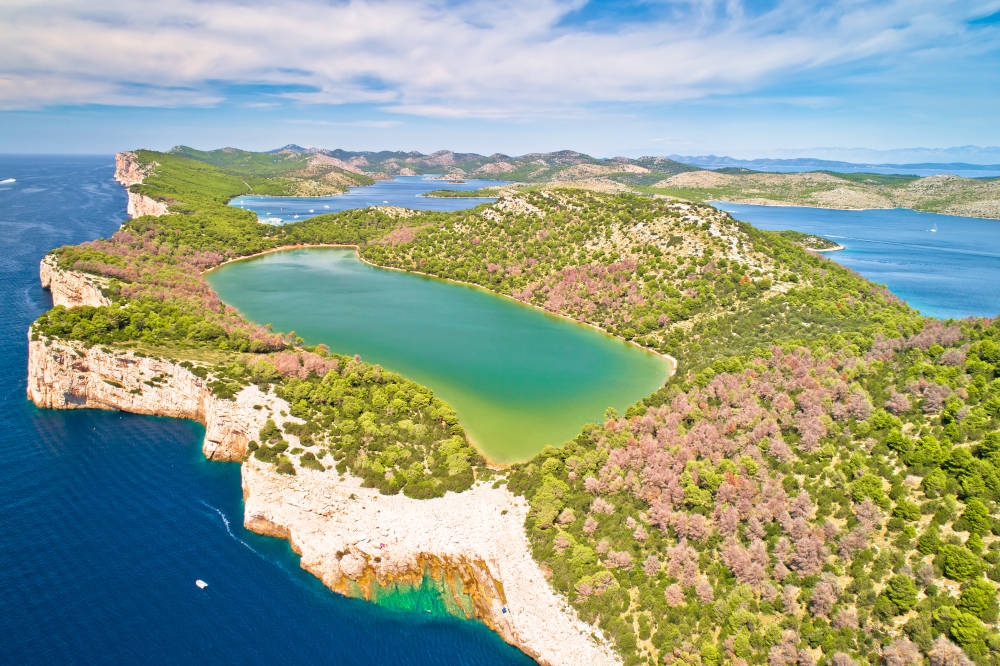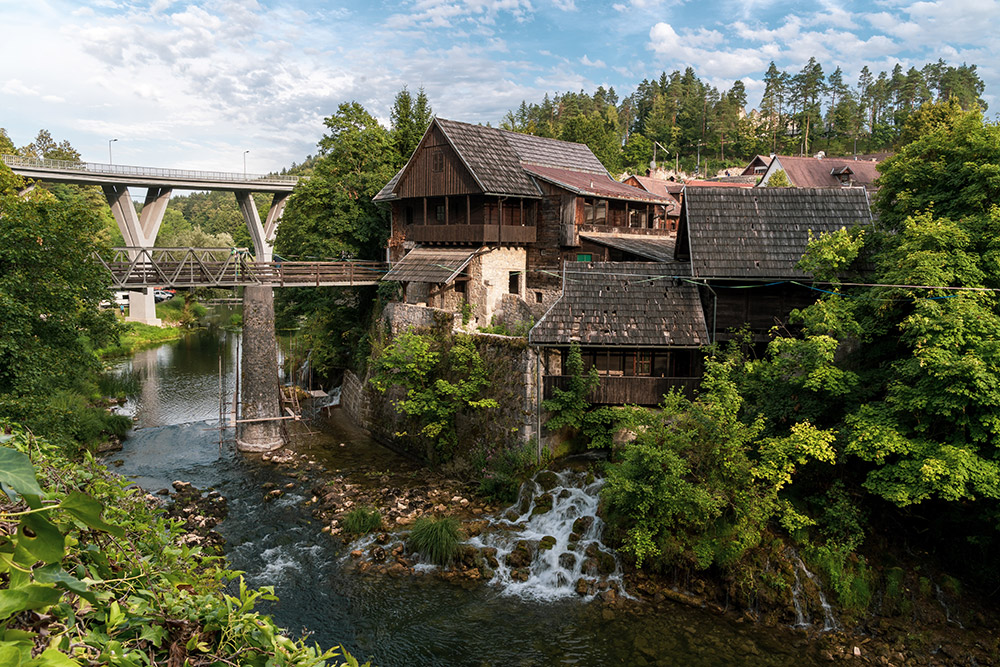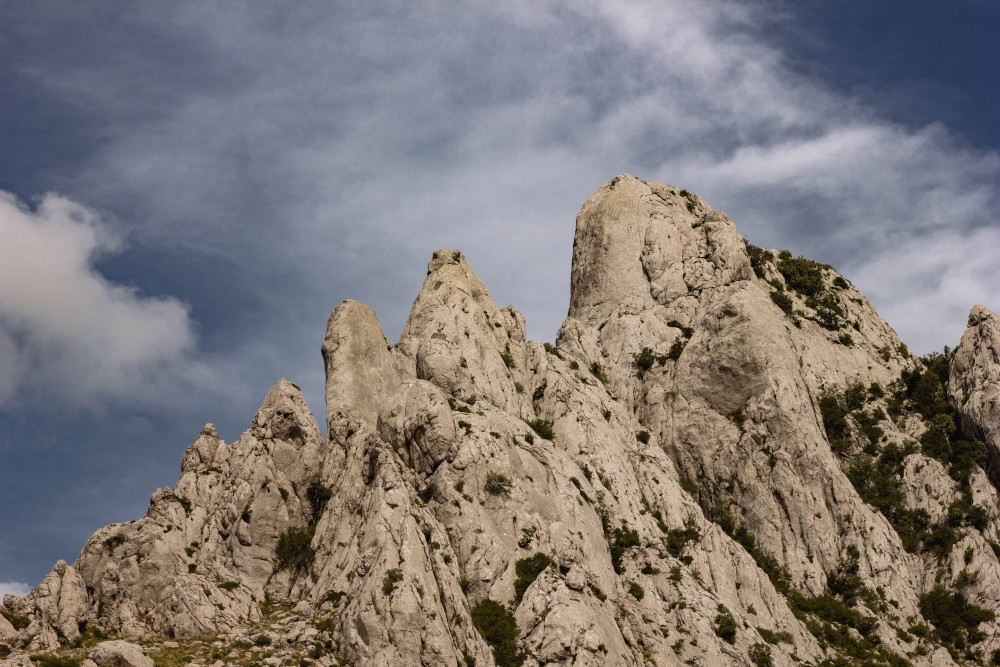The Winds of the Adriatic Sea
- Home
- Croatian Destinations
- The Winds of the Adriatic Sea
The Winds of the Adriatic Sea
- access_time27 January 2021
- account_circleCroatian Destinations
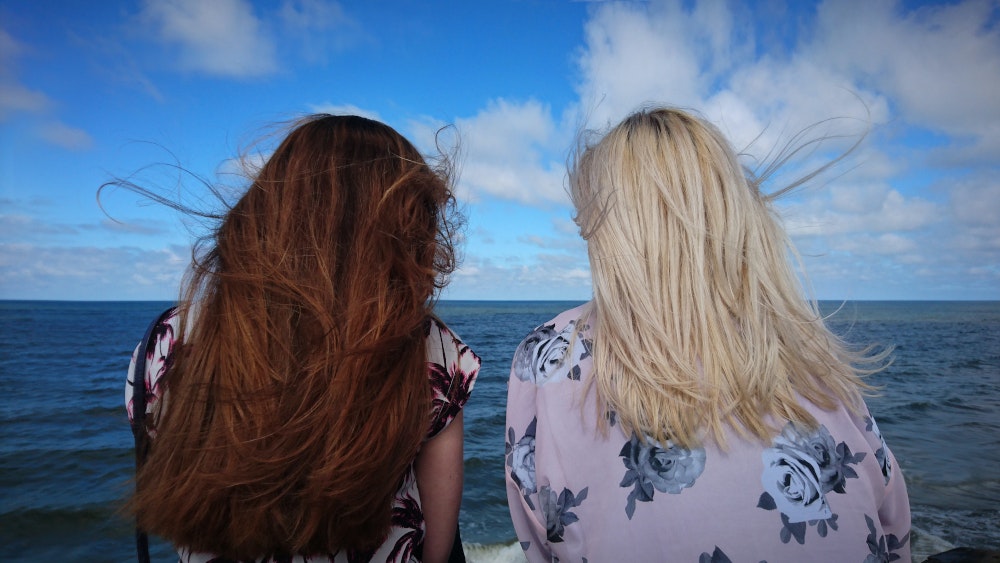
We are all very much familiar with wind. It’s an inescapable part of nature which you only really notice when it’s picking up the pace. Throughout its history, the Dalmatian coast riled, and still does in many ways, on the Sea to provide with means of life, and out on the Sea, you live by the wind. The direction of the air as well as its strength determine even the tiniest part of your route, even today when we rely on engine power to push us forward. It is then no surprise that this part of Croatia has many names for every type of wind imaginable. Take a look at some of the essential types of wind which every local knows how to detect the second it starts in our little guide below!
Bura (Boo-rah)
Once you’ve experienced a proper Bura wind, its hard not to feel slightly worried when the signs of it returning start showing up, regardless of if you are floating between islands or your feet are firmly based on land. Bura is a very, very, very cold, northern wind. It is dry, moody in a sense of constantly changing direction, and can be extremely powerful. This particular wind originates behind the various mountain chains separating the Sea line from the inland areas and as it is crossing these mountains, it picks up strength and speed. The average speed of this wind is between 70 to 125 kilometres per hour (43 to 77 miles per hour), with the highest recorded speed being 212 kilometres per hour (131 miles per hour) in 1996. It’s not hard to imagine then, when the strongest Bura of the year happens (usually sometime around March), trees being ripped out of the ground and cars being pushed around like they’re made of paper. A fun side fact: the island of Pag owes its desolate, moon-like landscape to near-constant gusts of Bura. For eons, the wind has splashed the island with salt water, corroding plant life and leaving naked rock behind. It has also infused what little vegetation grows there with salt, which sheep living on the island then graze and produce salty milk which has brought Pag cheese to a very high standard and renown for its specific tang.
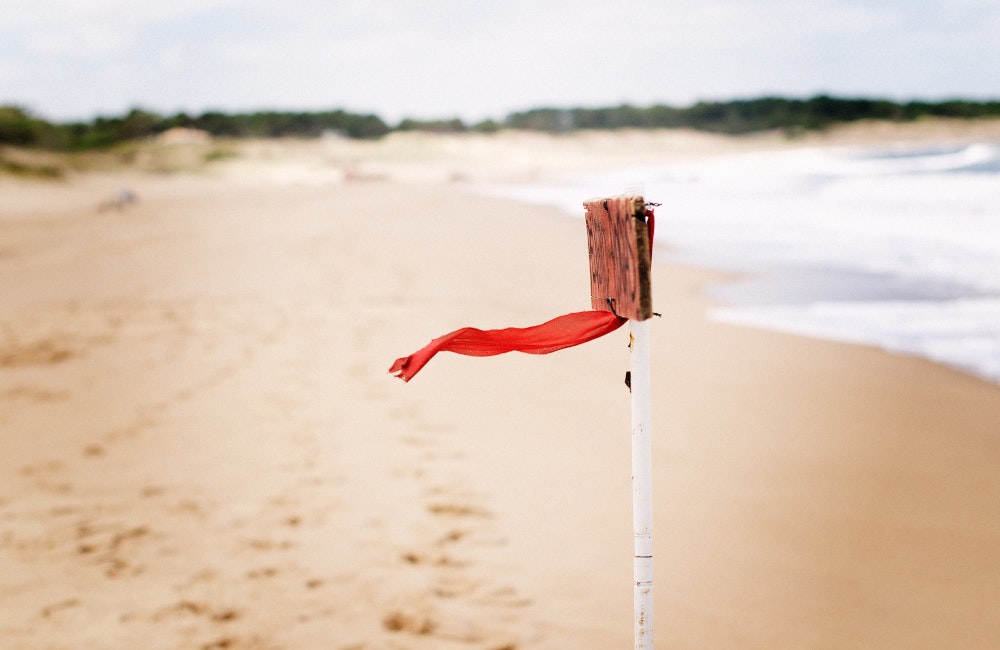
Jugo (Yu-go)
Jugo is a wind everyone in Dalmatia despises. Coming from the south, it brings with it wet weather, grey skies and low pressures. It is a messenger of rain and as soon as it subsides, you can be sure raindrops are soon to follow. It blows at an average of 40 kilometres per hour (24 miles per hour), and unlike Bura, it is for the most part constant in speed and it very rarely reaches extremely high speeds. In terms of sailing, Jugo causes large waves, especially further out to Sea, making sailing during it not a particularly pleasant experience. The reason the average landlubber hates Jugo so much though is due to the lower pressure in the air. It makes you slow, tired and generally not very energetic, a state commonly referred to as Fjaka. Fjaka is, by the way, a natural state of body and mind where your only goal in the day is to do as less as humanly possible. When a local says something is “Jugo”, they mean to say that the subject of the discussion is either absent or not of any quality (example: “This coffee is straight up Jugo” = “This is the worst coffee of my life”). There are definitely better candidates for favourite types of wind in this part of the World, which brings me to…
Maestral (Mah-a-strahl)
Imagine this: it’s the middle of July. You’re sitting on a beach somewhere at 1pm. Your brain is boiling and your ice has melted before you took the third sip of your drink. And then it comes; saying high from the northwest, a light breeze of seemingly perfect temperature gently strokes your skin and turns what was previously a desert atmosphere into a comfortable Summer afternoon. This is Maestral. A literal breath of fresh air (pun very much intended), this wind is the most prevalent between 2pm and 6pm, perfect for either an afternoon dip or a few drinks in the shade. This is also the best wind to go sailboating or wind surfing as it provides enough power to propel, but not enough to make the Sea stormy.
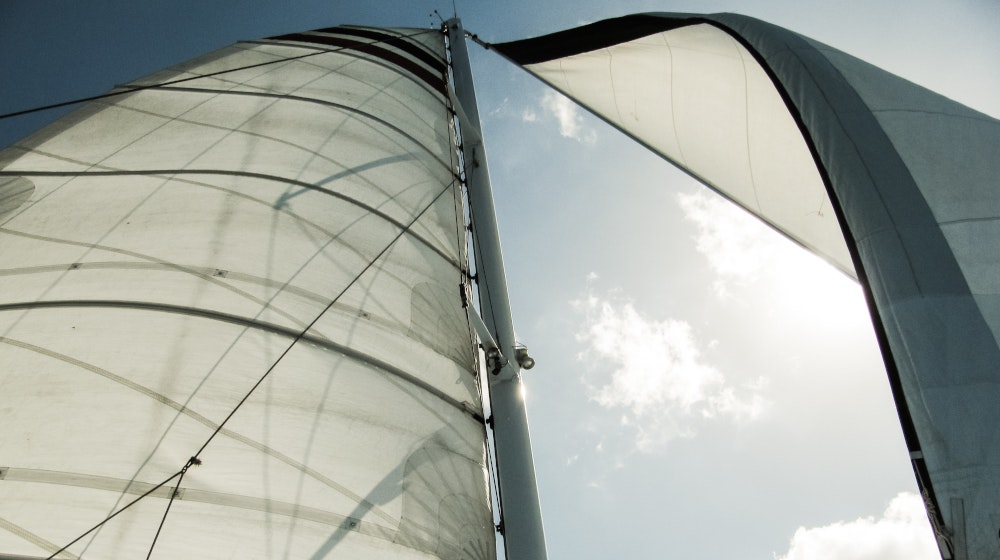
Tramontana (Trah-mon-tana)
Tramontana is wind akin to Bura. Like Bura, it also blows from the north, picking up speed by going over mountains, but the key difference is that its speed is relatively constant and it never reaches insane speeds. It is a cold, dry wind which usually bring sunny weather. More mellow on the coast and more powerful and wave-making the further out you go, larger ships have no problems with it, but if you were planning to go out fishing on a small boat, you might want to wait a few hours for it to die down a little bit.
So there you have it, these are the 4 most well-known and important winds in Dalmatia. If you join us on one of our cruises, we can almost guarantee that you will hear at least one of these words between the crew as they discuss routes and the upcoming weather. And if nothing else, with this information you at least now know to put on a vest if you feel Bura picking up, or to act about 10% grumpier when Jugo picks up.


